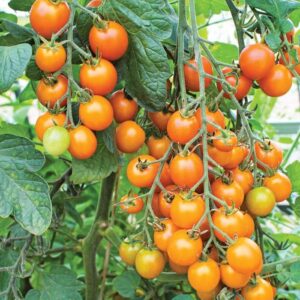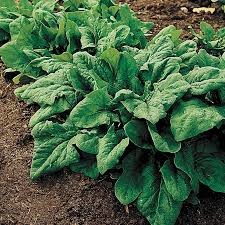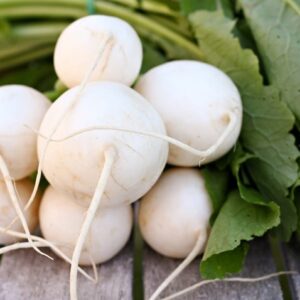LANCELOT
Description
The Lancelot variety of leek is prized for its robust growth, uniformity, and excellent flavor. It typically produces long, thick stems with a pale green to white coloration. Lancelot leeks are known for their resistance to bolting, which makes them reliable for cultivation in various climates and conditions. This variety is favored by both home gardeners and commercial growers for its ease of cultivation and consistent performance.
To plant Lancelot leeks:
- Site Selection: Choose a sunny spot in your garden with well-drained soil. Leeks prefer fertile soil with a pH of around 6.0 to 7.0.
- Soil Preparation: Work the soil to a depth of 8-10 inches, removing any debris and weeds. Incorporate organic matter like compost to improve soil fertility and structure.
- Sowing Seeds: Start seeds indoors about 10-12 weeks before the last frost date in your area. Plant the seeds ¼ inch deep in trays or pots filled with seed-starting mix. Keep the soil consistently moist and maintain temperatures around 65-75°F (18-24°C) for optimal germination.
- Transplanting: Once the seedlings are about 6-8 inches tall and as thick as a pencil, they are ready to transplant. Plant them in the garden bed, spacing them 6 inches apart in rows with 12-18 inches between rows.
- Watering: Keep the soil consistently moist throughout the growing season. Leeks need regular watering, especially during dry periods, to ensure proper growth.
- Fertilizing: Apply a balanced fertilizer or compost around the base of the plants every 4-6 weeks to provide essential nutrients. Leeks benefit from additional nutrients to support healthy growth.
- Hilling: As the leeks grow, gradually mound soil around the base of the plants to blanch the stems and encourage longer, tender white portions. This can be done periodically throughout the growing season to promote desirable stem development.
- Harvesting: Lancelot leeks typically mature in about 100-120 days. Harvest them when the stems are around 1-1.5 inches in diameter. Use a garden fork to gently lift the leeks out of the ground, being careful not to damage the roots. Trim the roots and any damaged leaves before storing or using the leeks.
Description
The Lancelot variety of leek is prized for its robust growth, uniformity, and excellent flavor. It typically produces long, thick stems with a pale green to white coloration. Lancelot leeks are known for their resistance to bolting, which makes them reliable for cultivation in various climates and conditions. This variety is favored by both home gardeners and commercial growers for its ease of cultivation and consistent performance.
To plant Lancelot leeks:
- Site Selection: Choose a sunny spot in your garden with well-drained soil. Leeks prefer fertile soil with a pH of around 6.0 to 7.0.
- Soil Preparation: Work the soil to a depth of 8-10 inches, removing any debris and weeds. Incorporate organic matter like compost to improve soil fertility and structure.
- Sowing Seeds: Start seeds indoors about 10-12 weeks before the last frost date in your area. Plant the seeds ¼ inch deep in trays or pots filled with seed-starting mix. Keep the soil consistently moist and maintain temperatures around 65-75°F (18-24°C) for optimal germination.
- Transplanting: Once the seedlings are about 6-8 inches tall and as thick as a pencil, they are ready to transplant. Plant them in the garden bed, spacing them 6 inches apart in rows with 12-18 inches between rows.
- Watering: Keep the soil consistently moist throughout the growing season. Leeks need regular watering, especially during dry periods, to ensure proper growth.
- Fertilizing: Apply a balanced fertilizer or compost around the base of the plants every 4-6 weeks to provide essential nutrients. Leeks benefit from additional nutrients to support healthy growth.
- Hilling: As the leeks grow, gradually mound soil around the base of the plants to blanch the stems and encourage longer, tender white portions. This can be done periodically throughout the growing season to promote desirable stem development.
- Harvesting: Lancelot leeks typically mature in about 100-120 days. Harvest them when the stems are around 1-1.5 inches in diameter. Use a garden fork to gently lift the leeks out of the ground, being careful not to damage the roots. Trim the roots and any damaged leaves before storing or using the leeks.





